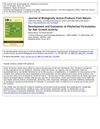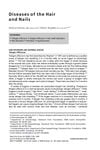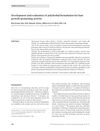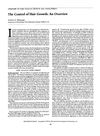Ethnopharmacology and Hair: Indian Perspectives
January 2012
in “
Human health handbooks
”
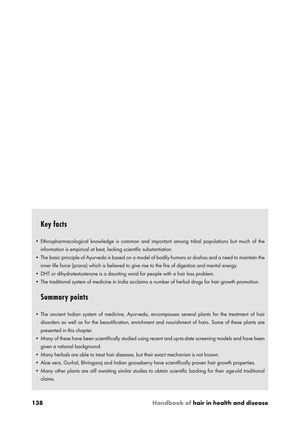
TLDR Traditional Indian remedies are used for hair health, but more scientific evidence is needed to prove their safety and effectiveness.
The document from 2012 examines the use of Ayurveda and traditional Indian medicinal plants in treating hair disorders and promoting hair health. It acknowledges that while there is widespread ethnopharmacological knowledge among tribal populations, much of it is not scientifically substantiated. The document identifies several plants, such as Aloe vera, Gurhal, Bhringaraj, and Indian gooseberry, which have been studied and found to have hair growth properties. It also discusses the Ayurvedic concept of doshas, particularly pitta, and their relation to hair health, including conditions like Khalitya, Palitya, and Indralupta. The role of dihydrotestosterone (DHT) in hair loss is mentioned, with a genetic predisposition to produce more DHT being responsible for about 95% of hair loss cases. A list of medicinal plants, including Hibiscus rosa-sinensis and Lawsonia inermis, is provided with details on their traditional uses and chemical constituents. The document concludes that there is a need for more scientific evidence to support the safety and efficacy of these traditional therapies, despite their significant role in Indian healthcare.
